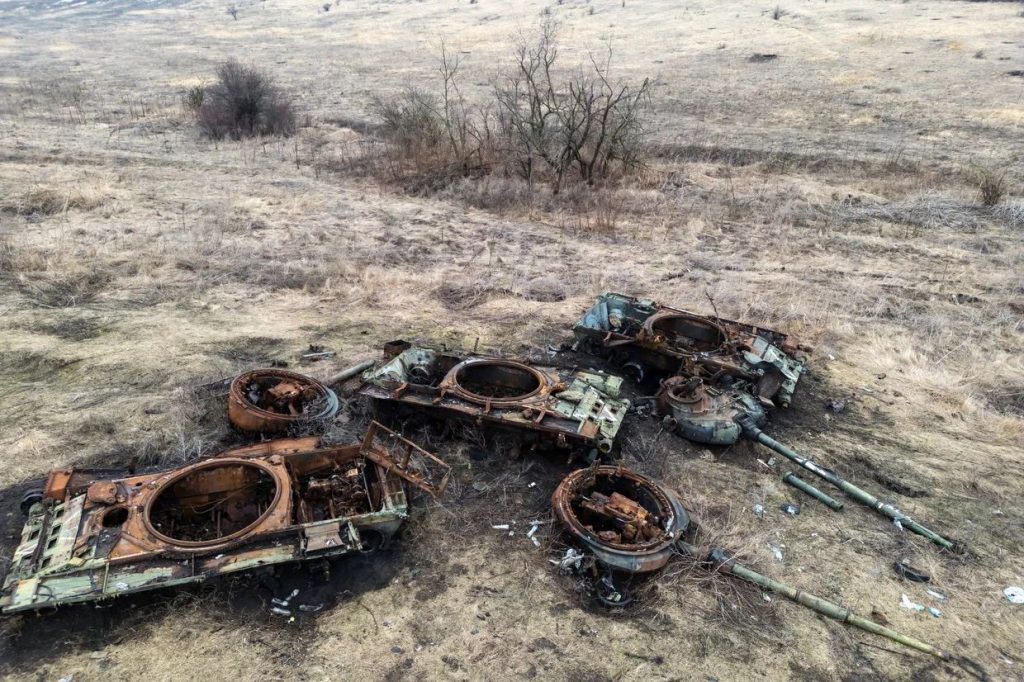Drone warfare in Russia’s conflict with Ukraine has become a defining feature of modern warfare, with both sides utilizing unmanned aerial vehicles (UAVs) on an unprecedented scale. The use of drones has caught both the Ukrainian and Russian armies off-guard, leading to significant advancements in this technology for both sides. Russia has been particularly successful in the use of drones, with their capabilities expanding significantly over time.
Russian drones have played a crucial role in targeting Ukrainian forces and infrastructure, providing real-time intelligence and surveillance on the battlefield. The use of drones has allowed Russia to gain a strategic advantage in the conflict, enabling them to effectively monitor Ukrainian troop movements and plan targeted attacks. This has forced Ukraine to adapt quickly to the changing nature of warfare and invest in anti-drone technology.
The effectiveness of Russian drones in the conflict has raised concerns among Western military experts, who fear that Russia’s drone capabilities could pose a threat to NATO forces in future conflicts. The use of drones in modern warfare has shifted the balance of power on the battlefield, with unmanned aerial vehicles increasingly becoming a key tool for reconnaissance and precision strikes. As a result, NATO is now looking to enhance its own drone capabilities to counter potential threats from Russia and other adversaries.
The use of drones in the Ukraine conflict has also sparked debates about the ethics of drone warfare and the potential for civilian casualties. While drones offer a way to reduce the risk to military personnel, they also raise concerns about the accuracy of targeting and the potential for collateral damage. The use of drones in densely populated areas, such as urban centers, further complicates the issue and increases the risk of civilian casualties.
Overall, the use of drones in the conflict between Russia and Ukraine highlights the evolving nature of warfare in the 21st century. Drones have become a central tool for modern militaries, offering unique advantages in terms of surveillance, reconnaissance, and precision strikes. As both sides continue to innovate and adapt their drone capabilities, the strategic landscape of warfare is likely to change significantly, with drones playing a key role in future conflicts. It is crucial for military leaders and policymakers to understand the implications of drone warfare and develop strategies to effectively counter emerging threats in this domain.


